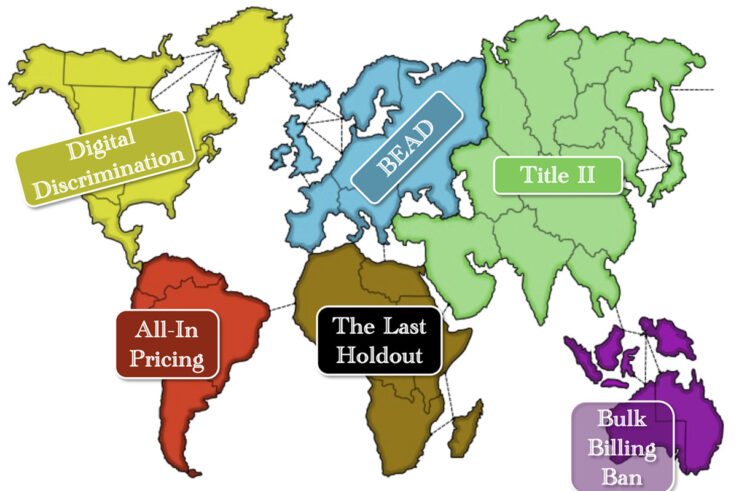I’ve been spending my summer trying to get ahead of the ball on proxy access and consider the types of defenses Boards might employ against insurgents making use of the federal proxy access provision in the Dodd Bill. An article will hopefully be shipped to editors by mid-August. I first started thinking about the various ways to craft proxy access to limit the influence of special interests in my first academic publication in the Business Lawyer while I was clerking, Pandora’s Ballot Box, or a Proxy with Moxie? Majority Voting, Corporate Ballot Access, and the Legend of Martin Lipton Re-Examined.
I thought I would share briefly, in the form of a series of posts, some of the defenses I have been tinkering with. These come straight from the drawing board. Some of them can be implemented right away, some are a bit out there, and some are completely crazy and would require sweeping amendment to the DGCL. Then again who cares, academics seem to get props for being a little crazy. So on to idea #1.
Senator Dodd recently pushed in conference for a requirement that only 5% shareholders will be able to use proxy access as opposed to the 1% threshold previously considered. Larry recently offered a critique of Lucian Bebchuk’s argument that the 5% threshold will kill proxy access. Interestingly, the Council of Institutional Investors actually has long favored a 3% threshold holding requirement, but perhaps that extra 2% packs a strong punch.
If the 5% threshold goes through, I doubt we’ll see a rush of subsequent proxy nominations. But proxy access isn’t going to go away even after the Dodd Bill, as I suspect the appetite for lowering that threshold among institutional investors will continue unabated. This issue has been discussed for some 40 years after all.
Nevertheless, this brings us to a recent Delaware case that is particularly interesting in light of the recent developments. In Selectica, summarized by Pileggi here, the Court held valid a poison pill with a 4.99% trigger. At first glance this seems to be a great twist for those of us who remain skeptical of the federal government’s intrusion into this foundational issue of state law. Boards could just lower the pill trigger to 4.99%. Then even to the extent shareholders could afford to obtain a 5% interest in a company, those who did not already own a 5% interest at the time of the pill’s adoption would not be able to obtain an interest sufficient to nominate onto the corporate proxy. Selectica was heavily dependent on the prospect that the company could lose valuable tax Net Operating Losses if shareholders obtained significant stakes, so maybe its a little early to call the death of this patient. If however the Delaware Courts chose to expand the reach of that holding, or if boards engaged in strategic structuring of transactions, then the poison pill could become an effective defense against proxy access.
As Ribstein and Bainbridge have both argued, the existence of federal legislation strengthens the case that Delaware’s jurisdiction in this area has been pre-empted. If they’re right, perhaps a federal court would invalidate a low trigger pill even if Delaware does not. An interesting thought to consider anyway.
UPDATE: In the final negotiations during the early hours of this morning, Bebchuk and RiskMetrics report that the 5% ownership threshold has been dropped in favor of a wide grant of authority to the SEC. There’s goes that idea. But then again maybe it still has value for publicly traded firms under 75 million who would still have a 5% threshold requirement under the existing SEC proposal, or it could have value for all firms if Delaware were willing to accept a still lower threshold pill than that considered in Selectica. This also means that proxy access defenses will take on added importance, so I should probably get back to scribbling.




